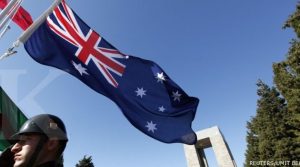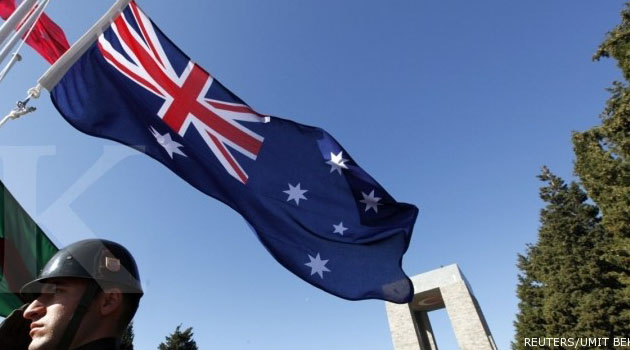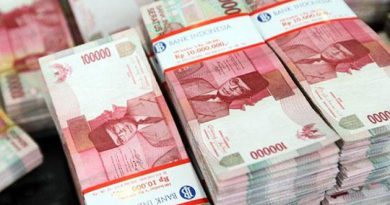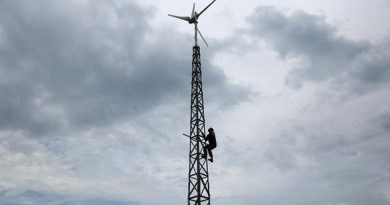Australia Holds Key Rate at 1.5% as Unemployment Edges Up

Australia left its key interest rate unchanged at a record low Tuesday after the key unemployment metric edged higher.
Reserve Bank Governor Philip Lowe kept the cash rate at 1.5 percent, where it has stood since 2016, as expected by all economists. The jobless rate hit 5.6 percent in April, moving further away from the central bank’s estimated level of full employment. The global picture has also become more clouded amid an emerging-market rout, populism in Europe and U.S. trade tariffs.
“Financial markets have been affected by political developments in the eurozone, particularly in Italy,” Lowe said in a statement. “There are also concerns about the direction of international trade policy in the United States and economic developments in a few emerging market economies.”
The RBA has fashioned itself as an anchor of stability in Australia’s economy, making clear it’s unlikely to tighten policy until unemployment falls toward 5 percent and inflation is nearer the midpoint of the bank’s 2-3 percent target range. Traders are pricing in little chance of a rate hike before mid-2019 amid continued weak growth in wages and consumer prices.
The local dollar edged slightly lower to 76.28 U.S. cents at 2:41 p.m. in Sydney from 76.35 cents prior to the release.
While a lower Aussie dollar would support the trade-reliant economy, it would probably need to fall into the 60s for a sustained period to change the calculations of Lowe and his board. The currency has remained in a relatively tight range in recent weeks as the prices of commodities held up.
Pressure to tighten policy has eased as lending curbs cooled the Sydney and Melbourne property markets — both down around 1 percent in the past quarter — after years of blockbuster growth. The central bank is also constrained by record-high household debt that means any rate increase is going to have an outsized impact on consumption than in the past.
Credit Growth
“Housing credit growth has slowed over the past year, especially to investors,” Lowe said. “APRA’s supervisory measures and tighter credit standards have been helpful in containing the build-up of risk in household balance sheets, although the level of household debt remains high. While there may be some further tightening of lending standards, the average mortgage interest rate on outstanding loans is continuing to decline.”
Australians are facing even tighter credit conditions, as an ongoing banking inquiry hears of misconduct and mistreatment of customers. Tighter regulatory scrutiny is likely to put a further brake on lending activity.
In the meantime, the economy probably expanded a healthy 2.8 percent in the first quarter from a year earlier — boosted by gas exports and a slowdown in the fall in mining investment — and just above Treasury’s estimate of the speed limit. GDP data will be released Wednesday at 11:30 a.m. Sydney time.
“The recent data on the Australian economy have been consistent with the bank’s central forecast for GDP growth to pick up, to average a bit above 3 percent in 2018 and 2019,” Lowe said. “Business conditions are positive and non-mining business investment is increasing. Higher levels of public infrastructure investment are also supporting the economy. Stronger growth in exports is expected.”
But the risks remain.
“One continuing source of uncertainty is the outlook for household consumption,” Lowe added. “Household income has been growing slowly and debt levels are high.”
courtesy : Bloomberg
photo :KONTAN
[social_warfare buttons=”Facebook,Pinterest,LinkedIn,Twitter,Total”]



